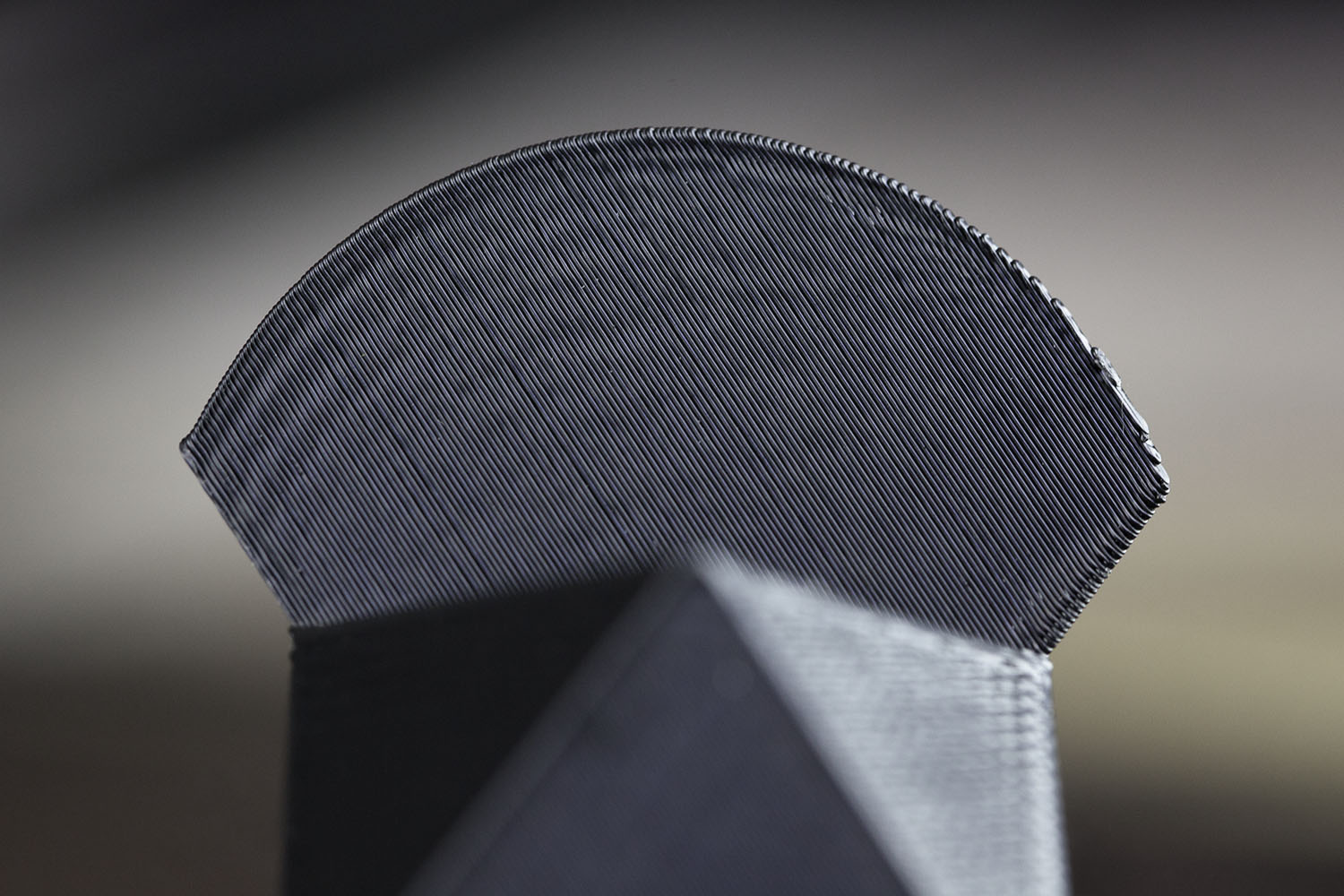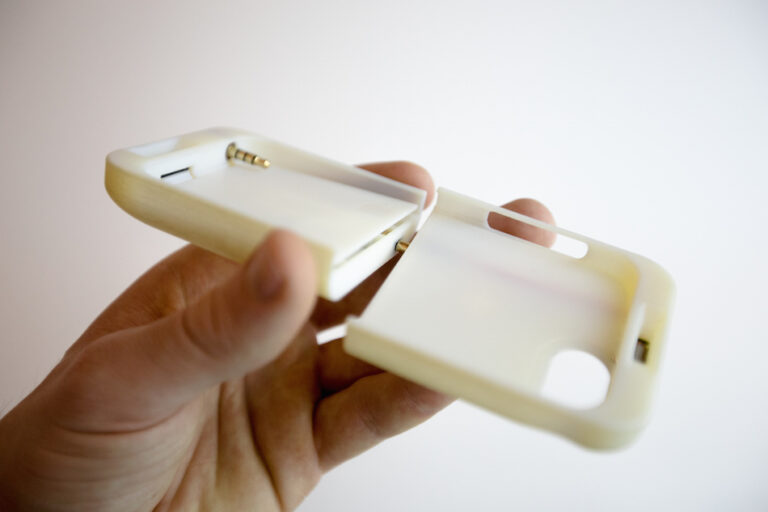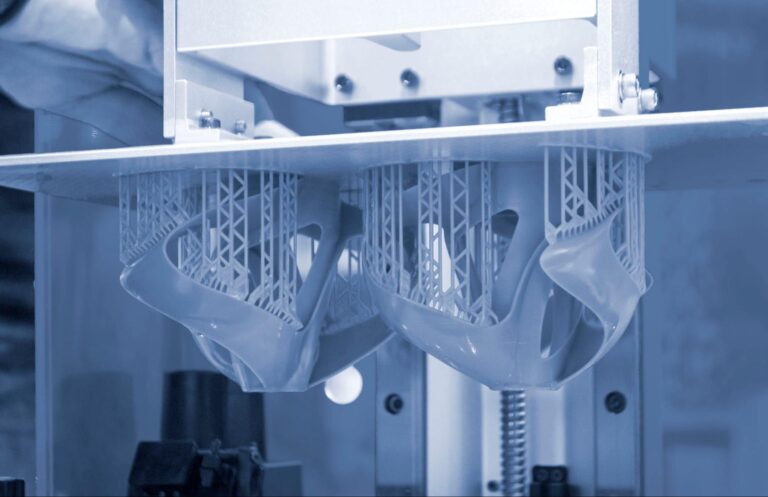PETG (Polyethylene Terephthalate Glycol-Modified) is a popular 3D printing filament known for its strength, durability, and ease of use. It is widely used in various applications across different industries. Here are some common applications for PETG in 3D printing:
Functional Prototypes: PETG is often used to create functional prototypes of products and components that require good mechanical properties and durability.
End-Use Parts: It is suitable for producing end-use parts and components in industries such as automotive, electronics, and consumer goods.
Mechanical Parts: PETG is used to manufacture mechanical parts like gears, brackets, and housings that require strength and impact resistance.
Enclosures: It is employed to create enclosures and cases for electronics, robotics, and other devices due to its durability and ease of machining.
Durable Tools and Fixtures: Manufacturers use PETG to 3D print durable tools, jigs, fixtures, and assembly aids used in production and assembly processes.
Educational Models: PETG is used in educational settings to create models for teaching various subjects, including engineering and science.
Custom Packaging: PETG can be used to prototype custom packaging inserts, trays, and protective packaging for various products.
Consumer Electronics: It is used in the production of casings, enclosures, and brackets for consumer electronic devices.
Automotive Components: PETG can be employed to prototype or produce automotive components like interior trim, brackets, and custom accessories.
Medical Devices: Some medical device components, such as custom brackets and fixtures, can be made from PETG.
Cosmetic and Personal Care Packaging: PETG is used to prototype packaging designs for cosmetics, skincare, and personal care products.
Displays and Signage: It is employed to create displays, signage, and promotional materials that require durability and impact resistance.
Custom Containers: PETG is suitable for creating custom containers, storage solutions, and organizers.
Machine Guards: In industrial settings, PETG is used to create transparent machine guards and safety barriers.
Artistic Projects: Artists and makers use PETG for various artistic projects and sculptures.
Architectural Models: Architects use PETG to create architectural models and prototypes of building designs.
Custom Props and Costumes: PETG is used in the cosplay community to create custom props, armor pieces, and costume accessories.
Aquarium Components: Due to its resistance to moisture and clarity, PETG is employed to create components for aquariums and fish tanks.
Lighting Fixtures: It can be used for prototyping and producing components like light diffusers, lenses, and fixture housings.
PETG’s combination of strength, durability, and ease of printing make it a versatile material suitable for a wide range of applications. It is often chosen when parts need to withstand mechanical stress, impacts, and exposure to various environmental conditions. Additionally, PETG is food-safe and can be used in applications involving food contact.










